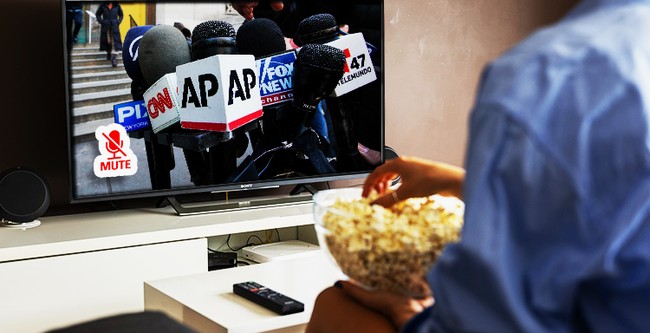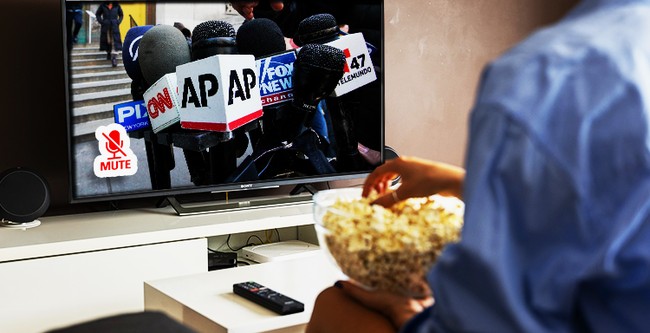Share this @internewscast.com

In recent weeks, an action that was once uncommon has become frequent, highlighting the increasingly fractured nature of journalism. Last week, news emerged that Paramount Global settled with President Trump regarding his lawsuit against CBS News. The lawsuit was over allegedly tainted editing in a pre-election interview. Despite the settlement, Paramount emphasized through persistent PR messaging that no apology was issued.
The issue was further exposed when show officials refused to release both the interview transcript and the edited video. The video only surfaced because the network complied with an FCC investigation. The lawsuit has sparked internal discord between CBS News staff and the network’s parent company, with tensions rising between the news division and “60 Minutes” staff, and executives who preferred settling the dispute. This internal conflict led to the resignation of two key network personalities.
Similarly, CNN faced backlash due to Natasha Bertrand’s report about an internal Pentagon memo suggesting an unsuccessful Iran bombing. Bertrand’s past reputation as a dependable voice for intelligence operatives was questioned, even drawing criticism from the White House. In an effort to preserve their reputation, CNN publicly supported their journalist while strategically navigating the situation with careful wording.
— CNN Communications (@CNNPR) June 25, 2025
While it opens with backing Bertrand’s reporting, the statement reads that “CNN’s reporting made clear…” that this was an initial report. Now, while other coverage at the network might have made this distinction, Bertrand’s initial report used conclusive language and did not express how this was a low-confidence preliminary internal memo. This chicanery used in what is supposedly a defensive correction of their reporting is deeply exposing.
In similar fashion, we saw the Washington Post come out with their own defensive statement supporting its reporter after Tulsi Gabbard came out to describe the methods used by Ellen Nakashima. The paper took the position that Gabbard was upset at the practice of basic journalism chasing down a story, but notably they did not mention any of the details mentioned of their reporter using subversive methods and even refusing to identify that she was a WaPo journalist.
Statement from Executive Editor Matt Murray:
“For three decades, Ellen Nakashima has been one of the most careful, fair-minded, and highly regarded reporters covering national security. Reaching out to potential sources rather than relying solely on official government press… https://t.co/qNi1FBFJgc
— Washington Post Communications (@WashPostComms) July 3, 2025
Reaching out to potential sources rather than relying solely on official government press statements regarding matters of public interest is neither nefarious nor is it harassment. It is basic journalism.
Then this weekend, we saw the polar opposite effect of a paper needing to explain itself. At the New York Times, they had exposed the detail in the past of Zohran Mamdani where he had identified as a black male on a college application. The report had been thoroughly researched by reporter Benjamin Ryan, and he even spoke with Mamdani, who attested that he had filled out the documents in that fashion.
There was blowback to this accurate report to such an extent that not just social media erupted, but also internal outrage at The Times emerged, with Ryan personally attacked by others at the paper. As a result Assistant Managing Editor Patrick Healy saw fit to release a thread addressing what transpired – basically he needed to explain to the offended people how they committed journalism. Click on the tweet to see the full thread:
As the @nytimes assistant managing editor for Standards and Trust, I’ve received reader feedback regarding our reporting on Zohran Mamdani’s 2009 application to Columbia University. To provide context on how the reporting came together, I wanted to share some information:
— Patrick Healy (@patrickhealynyt) July 4, 2025
This current trend is what happens when you find that your outlet has become compromised by the level of reporting you have been putting on display. If your work is substantial and above board, then there is no reason to issue clarifying statements and offer defenses. Clearly, these are major news sources who saw there was in fact this need.

















